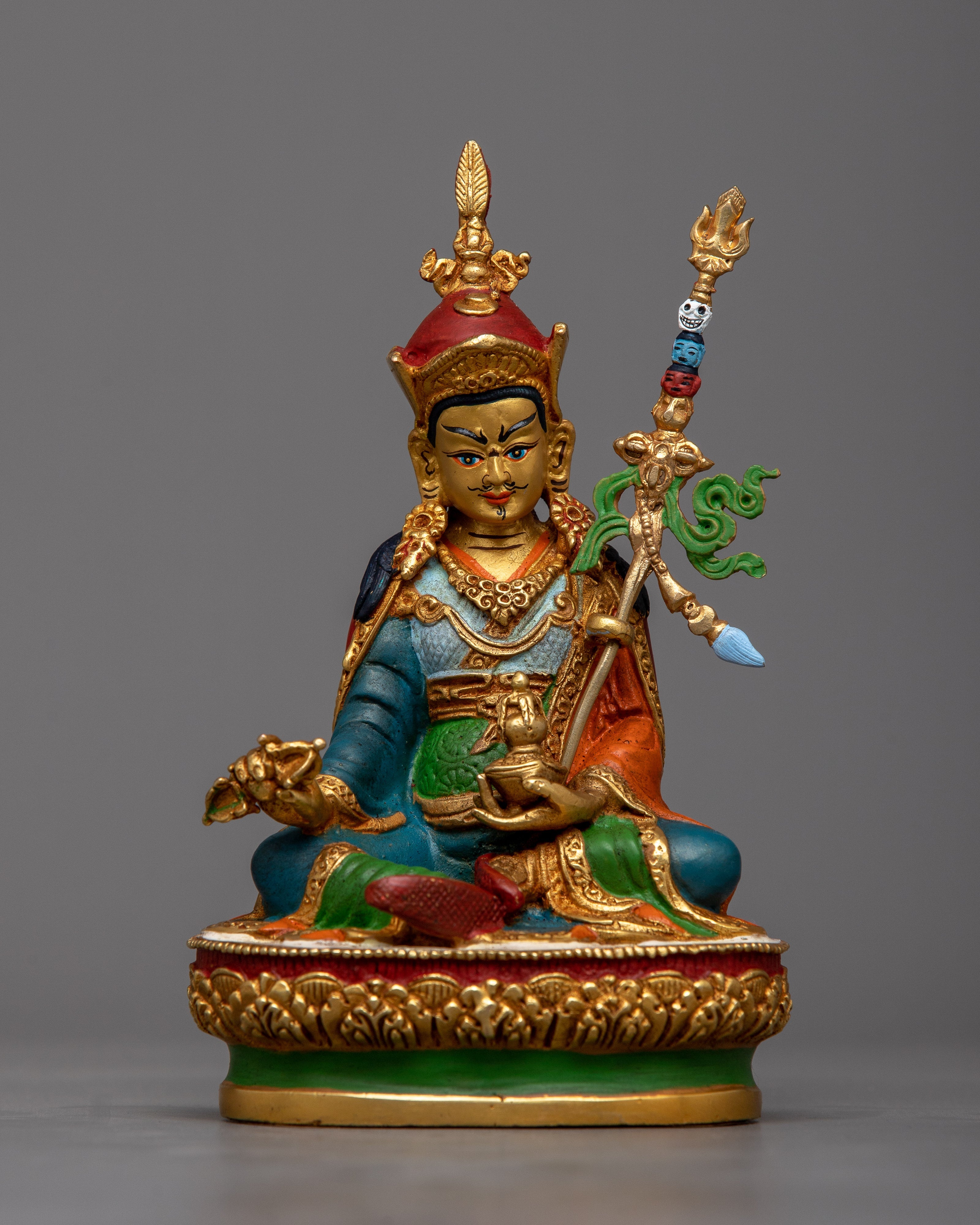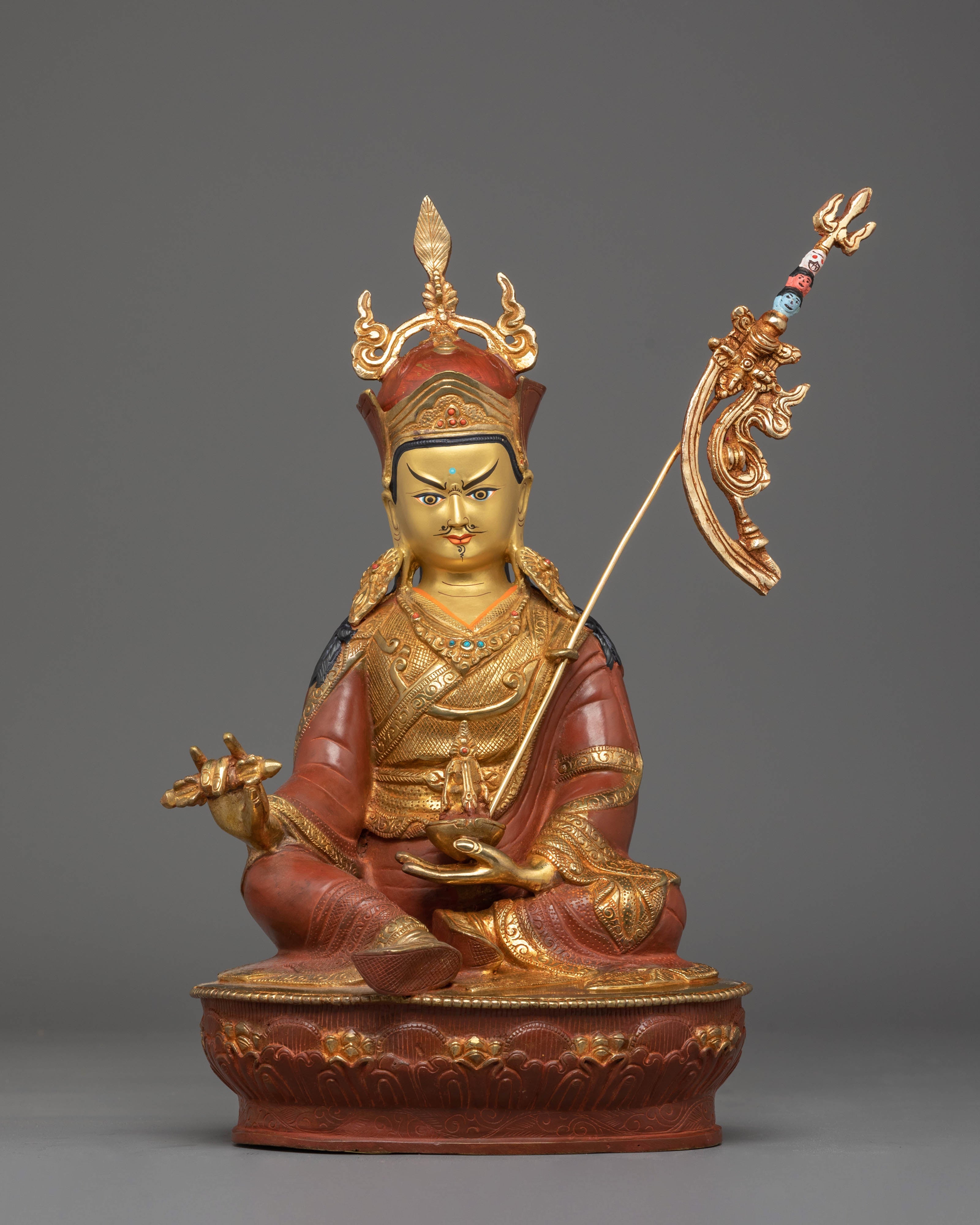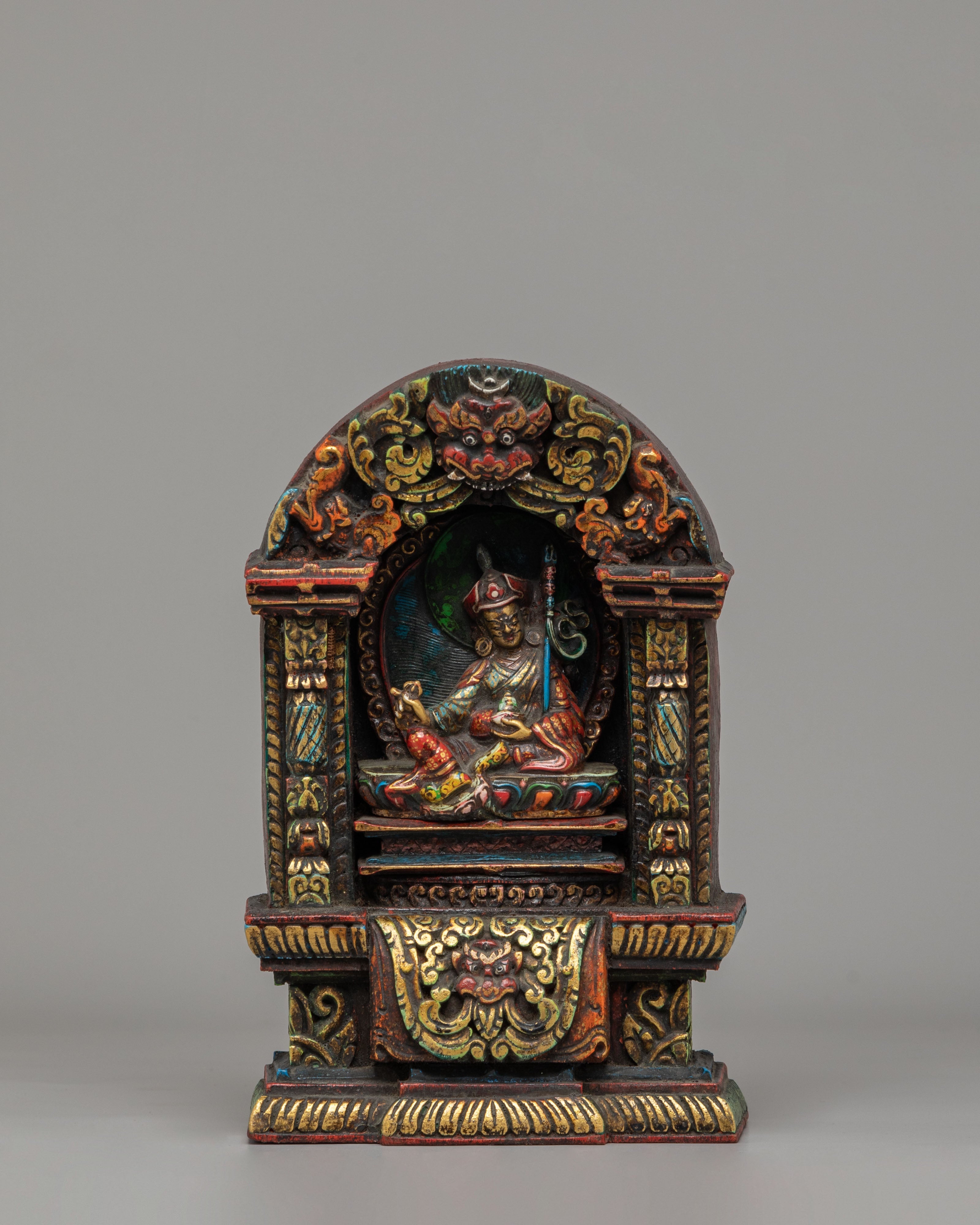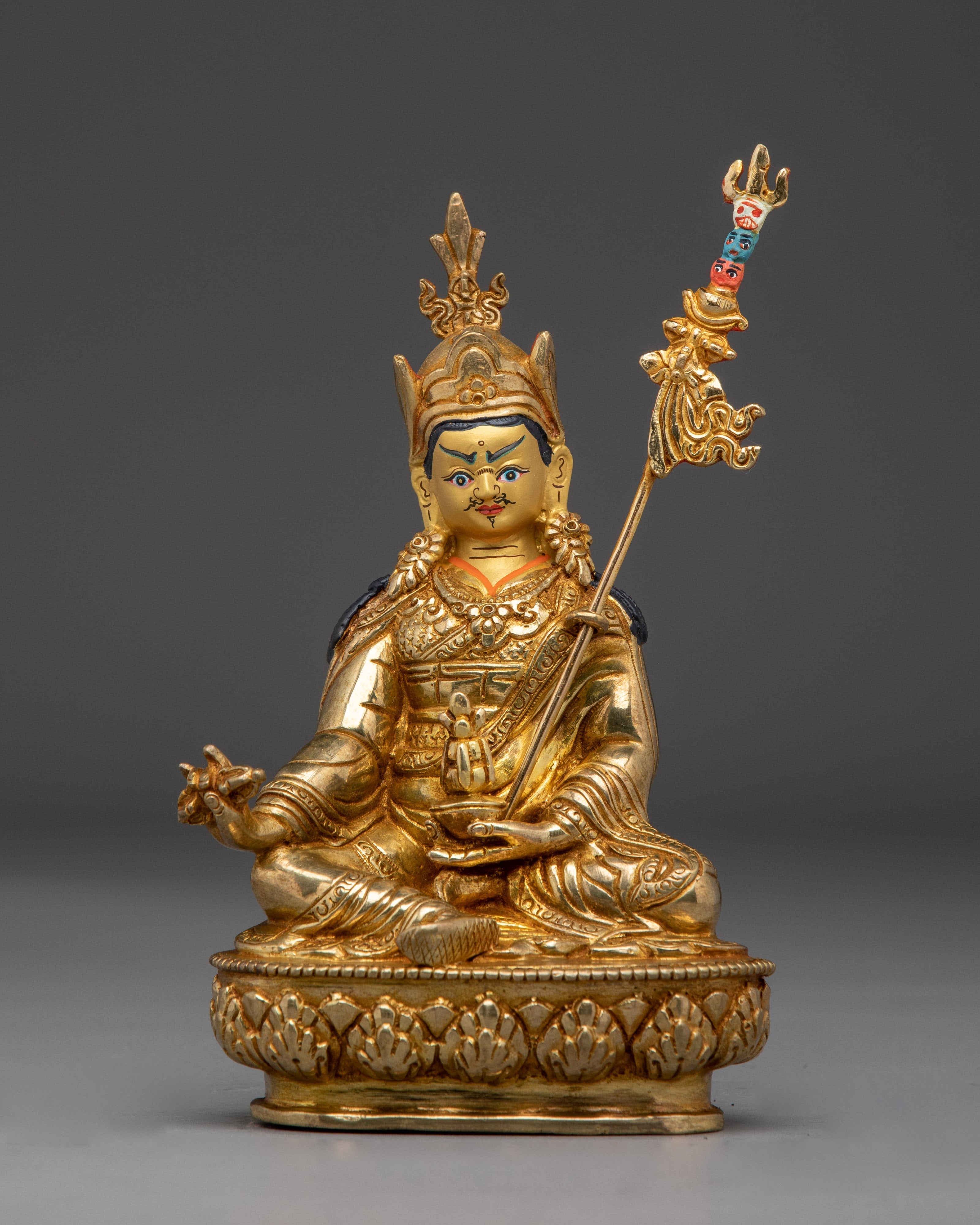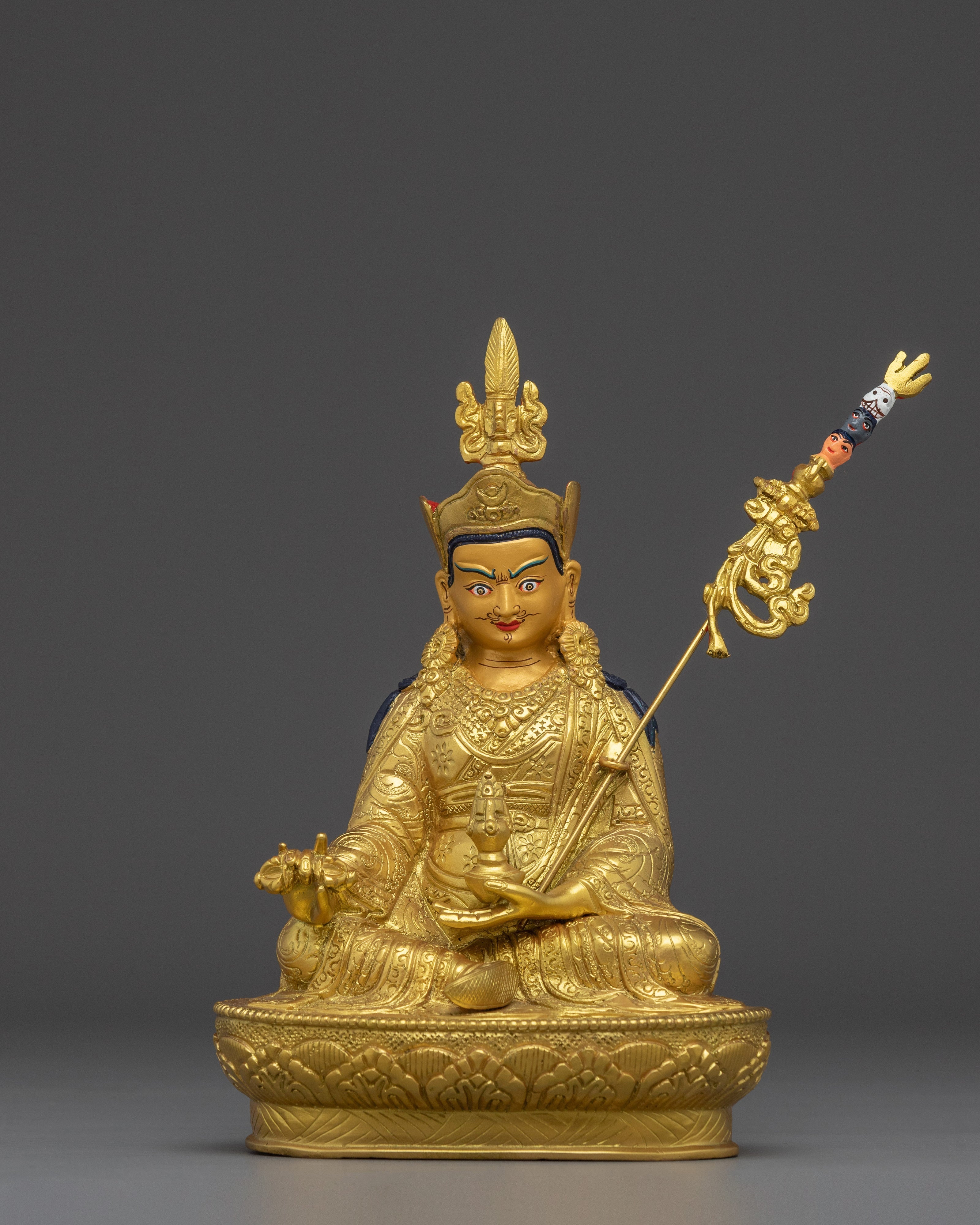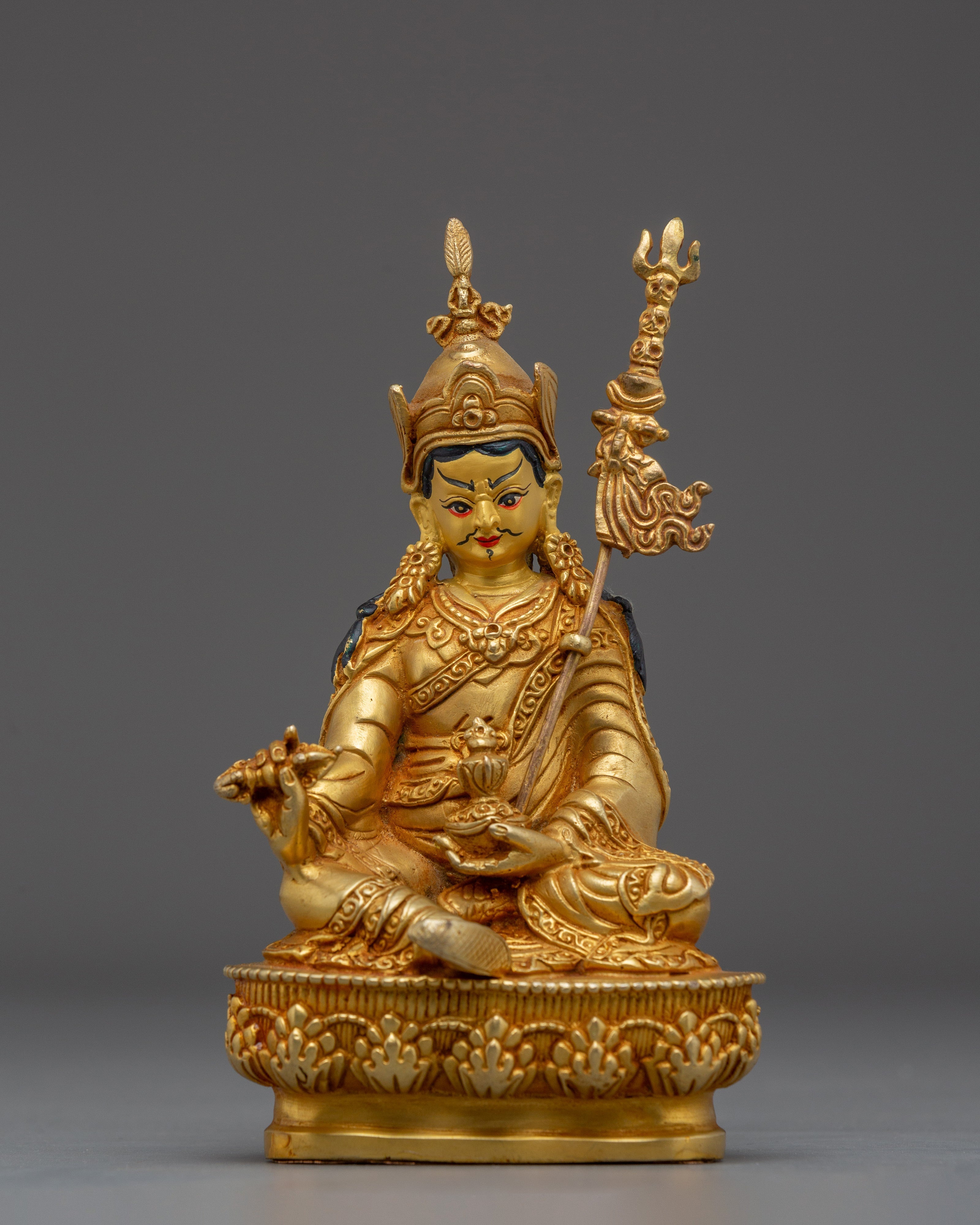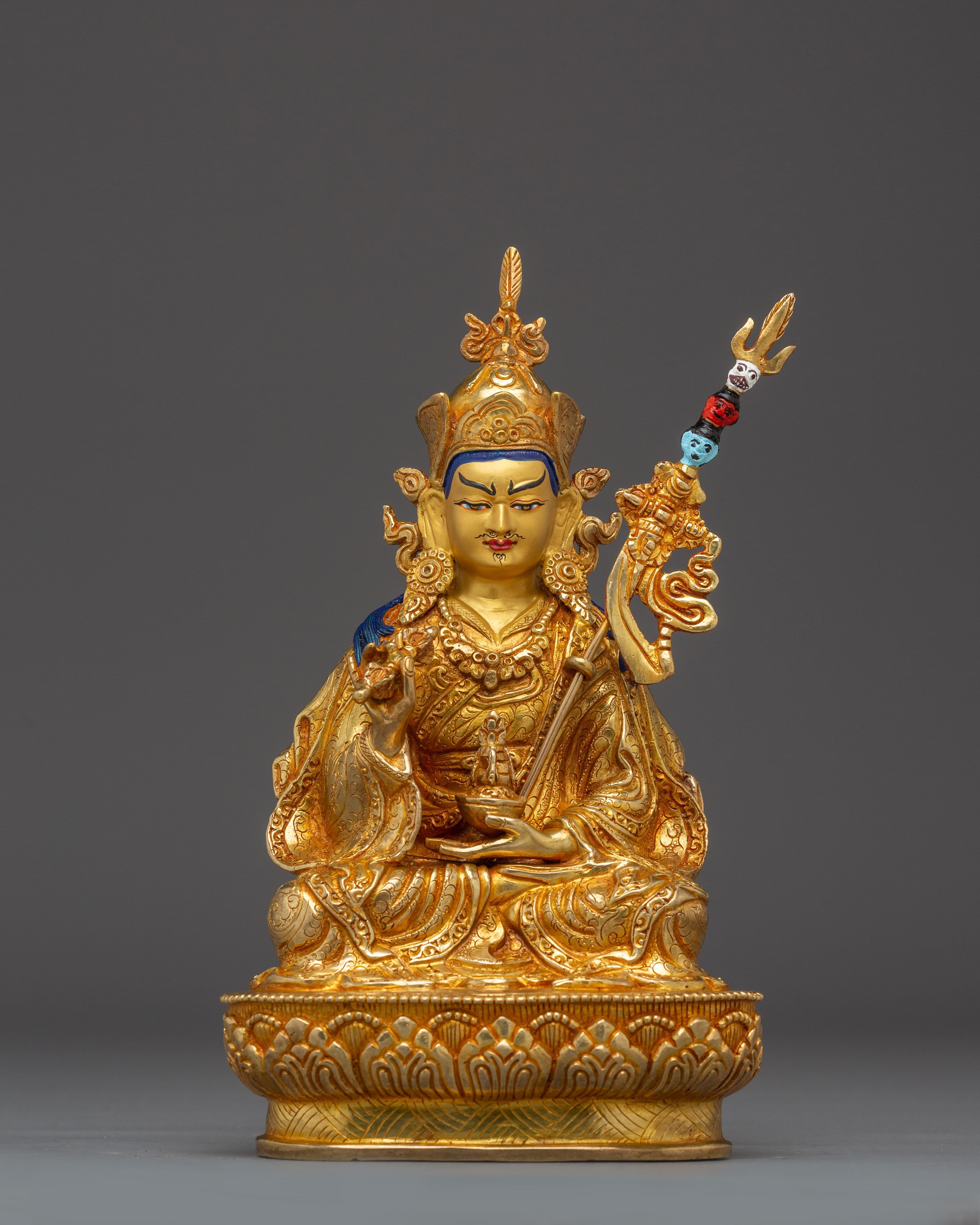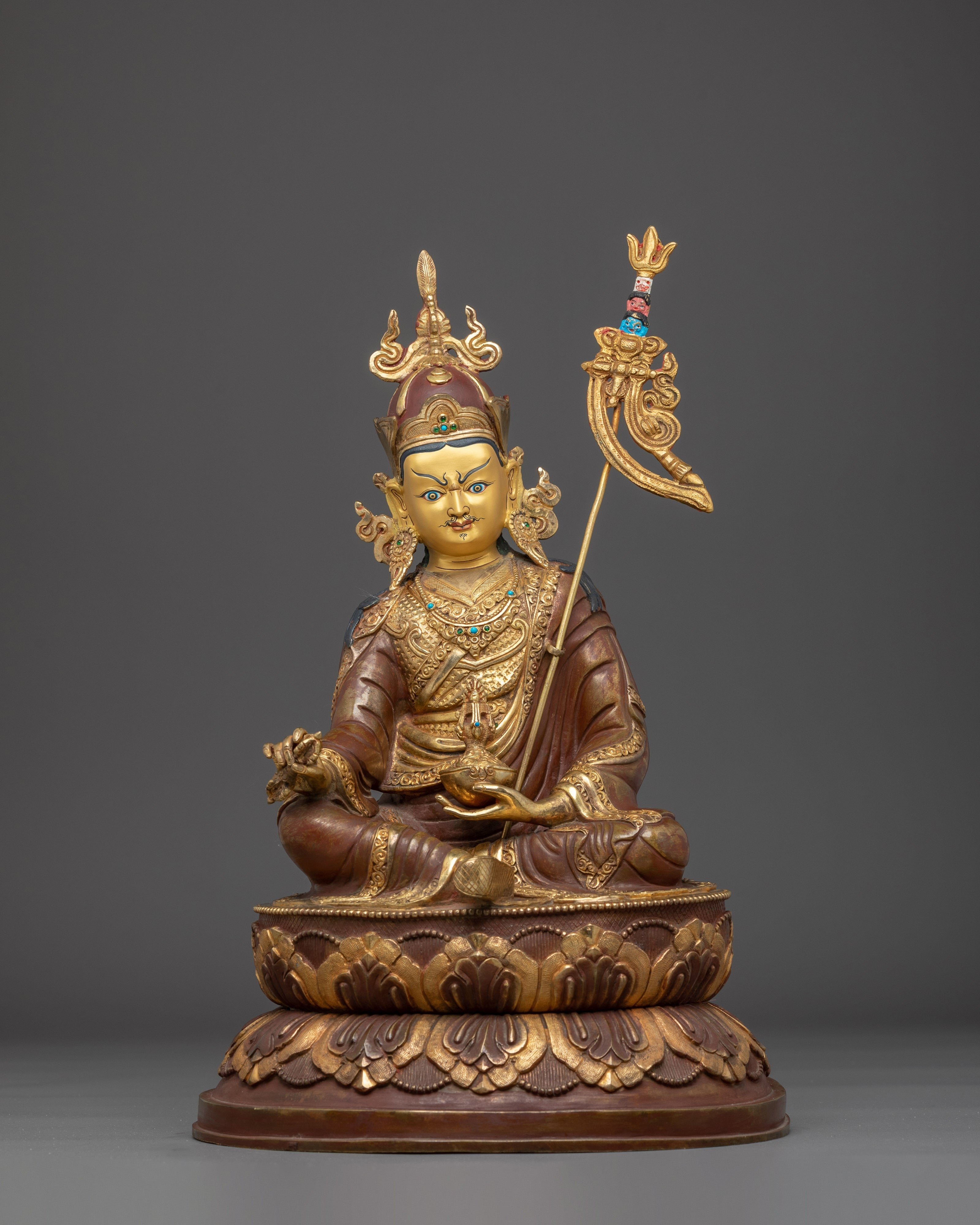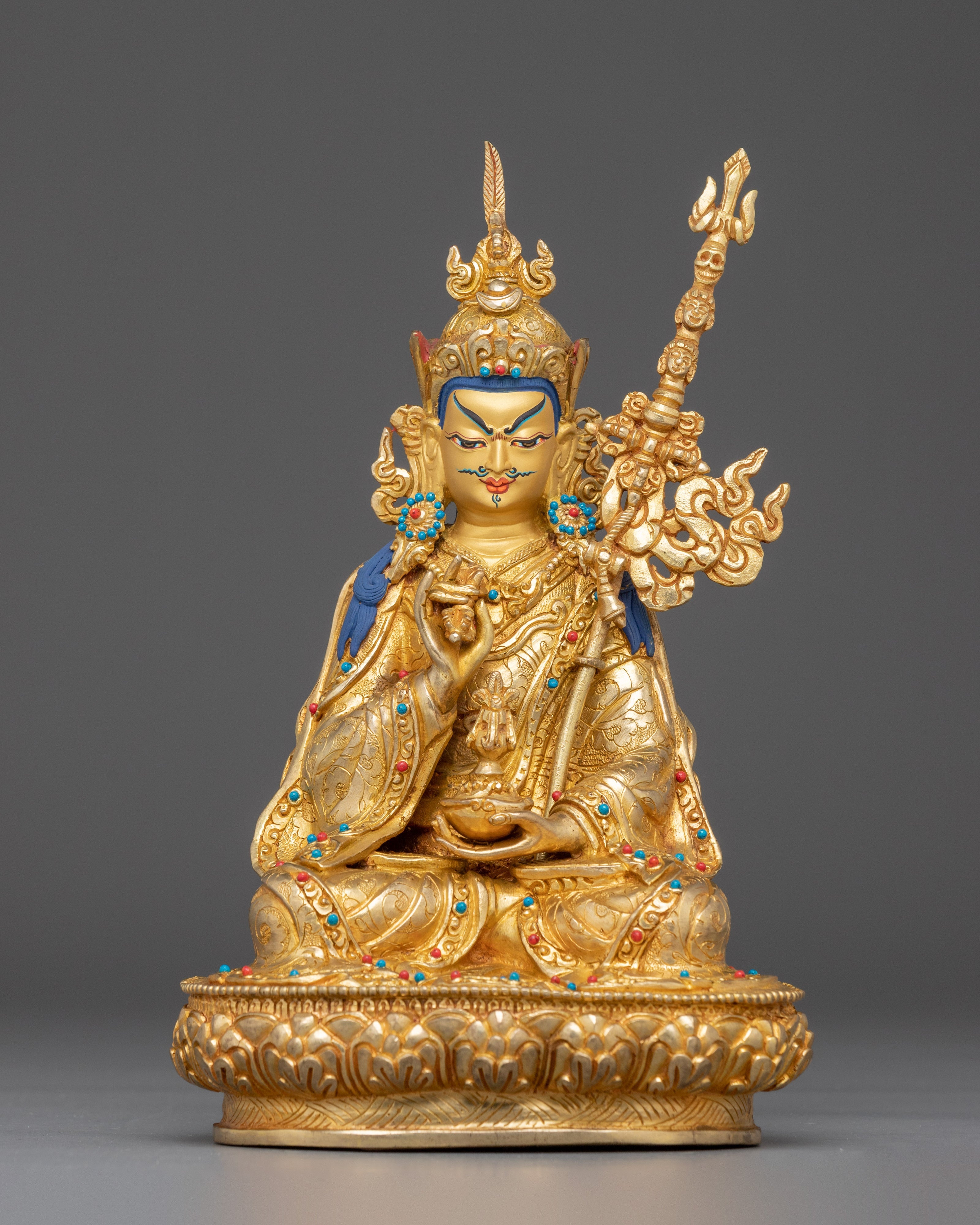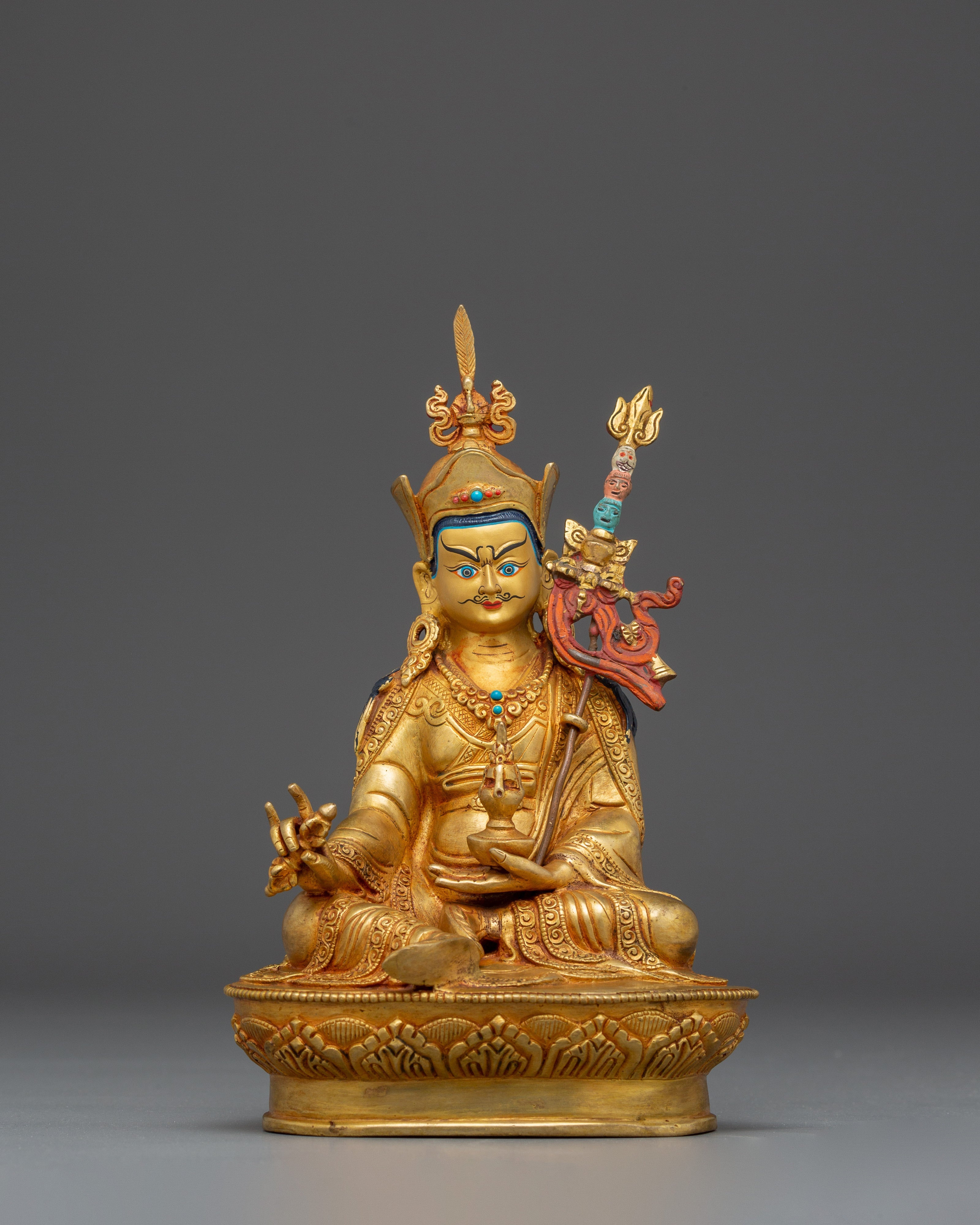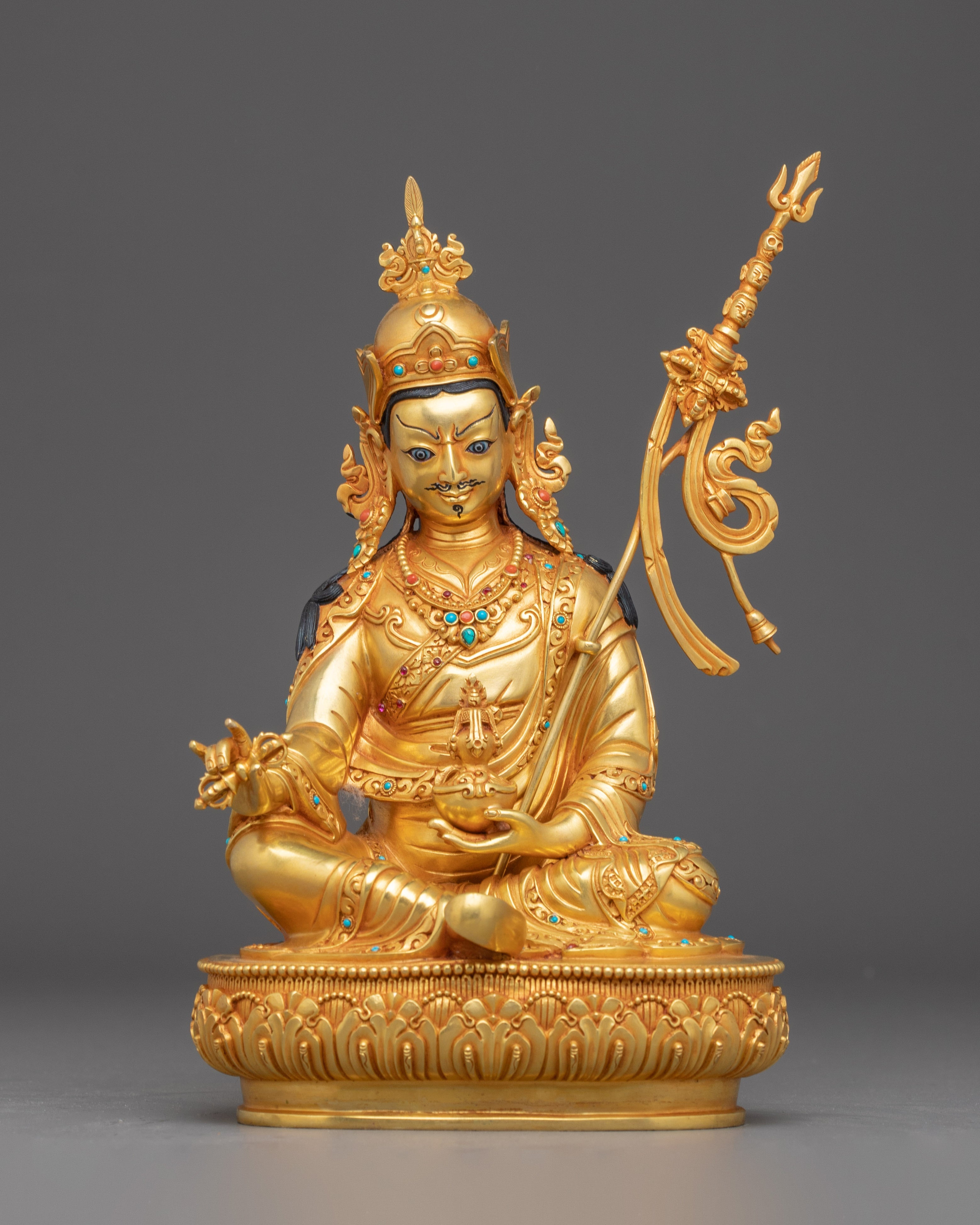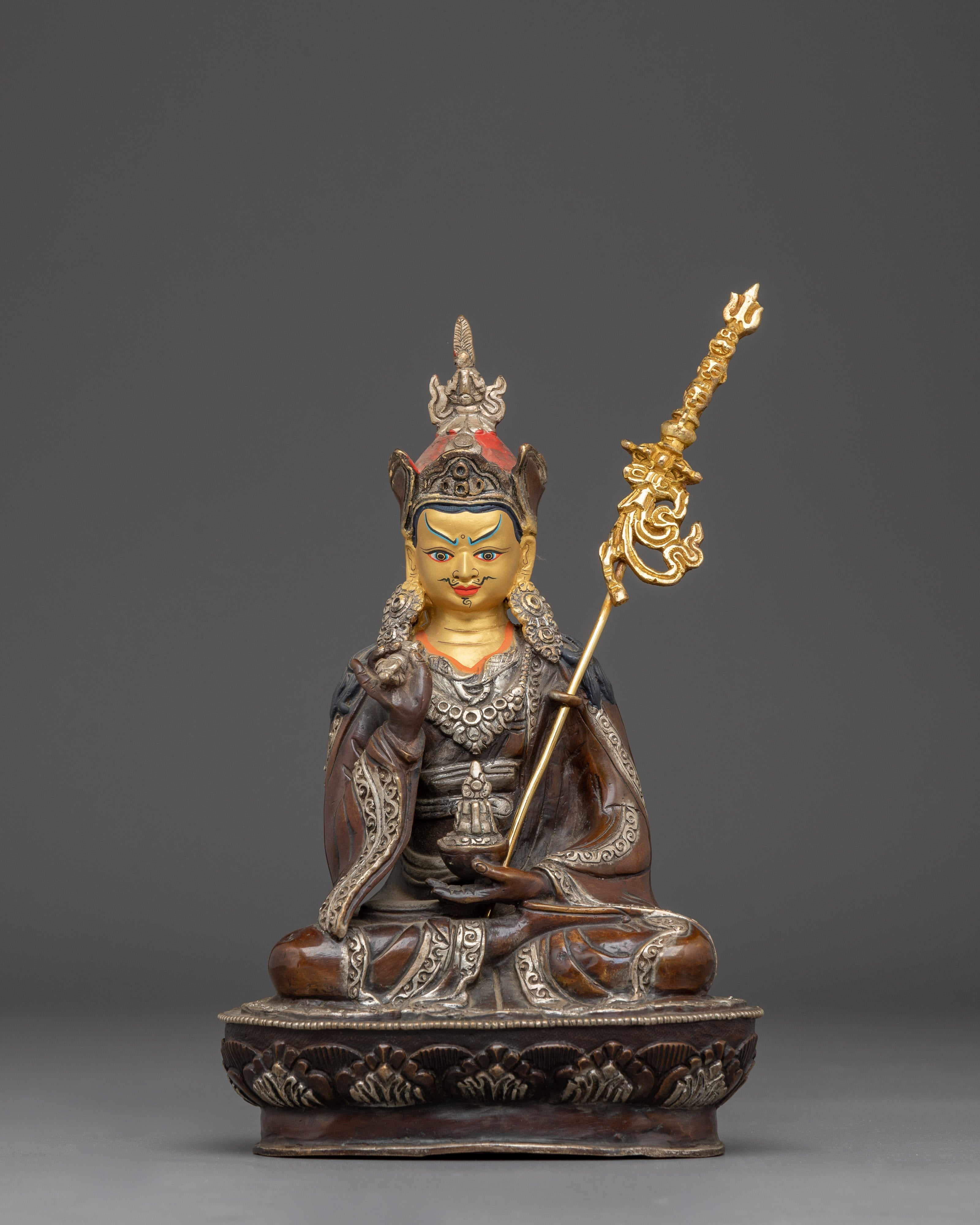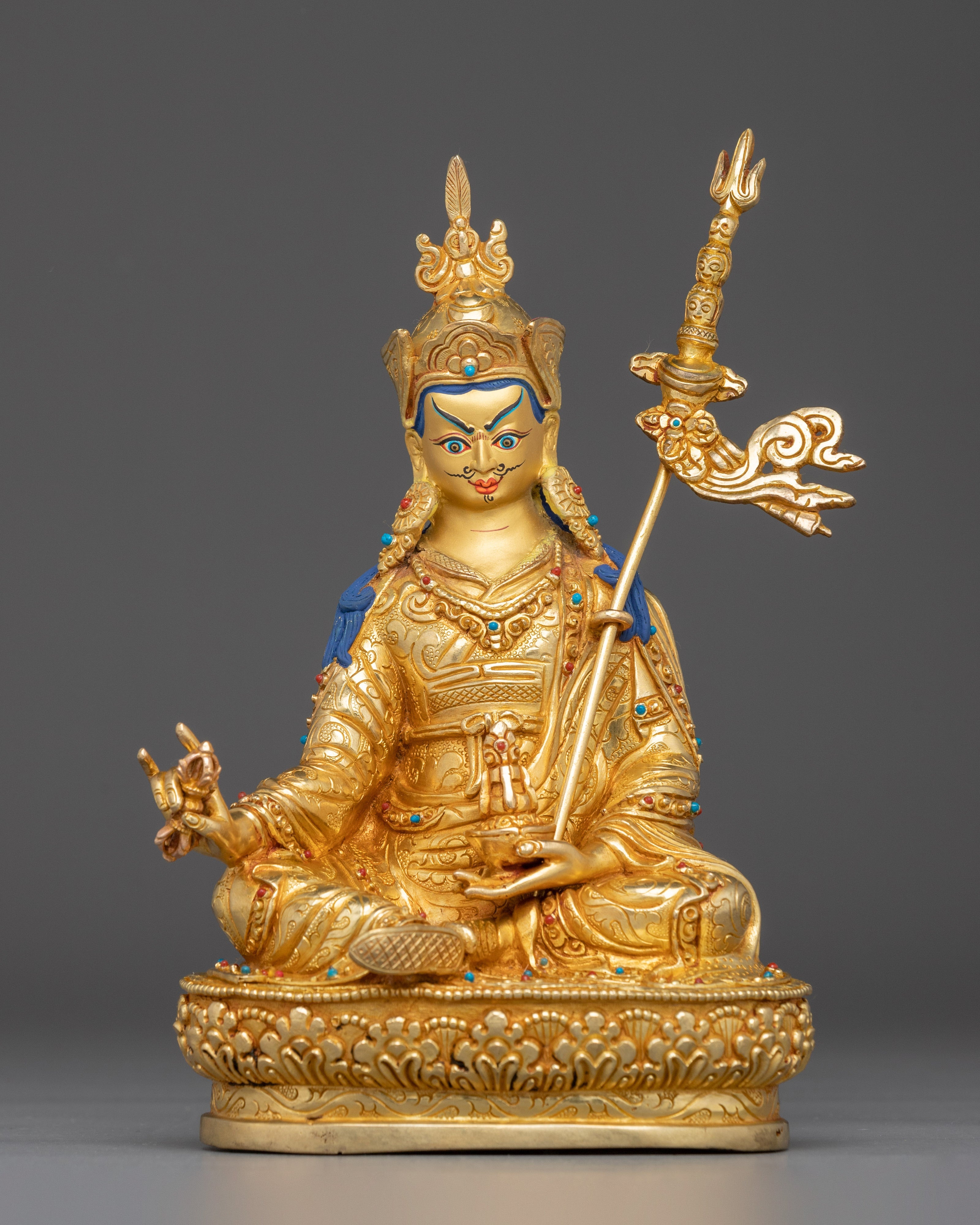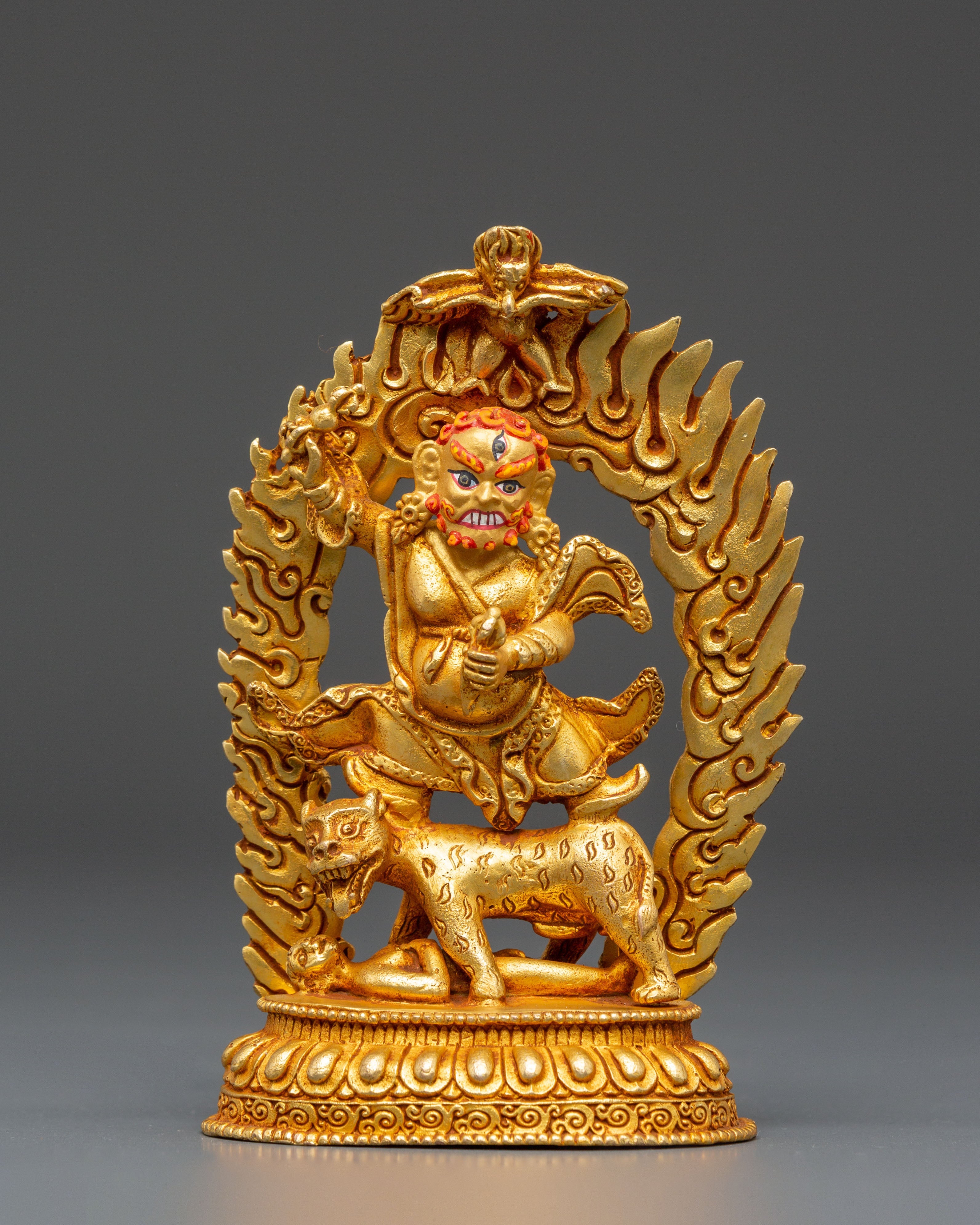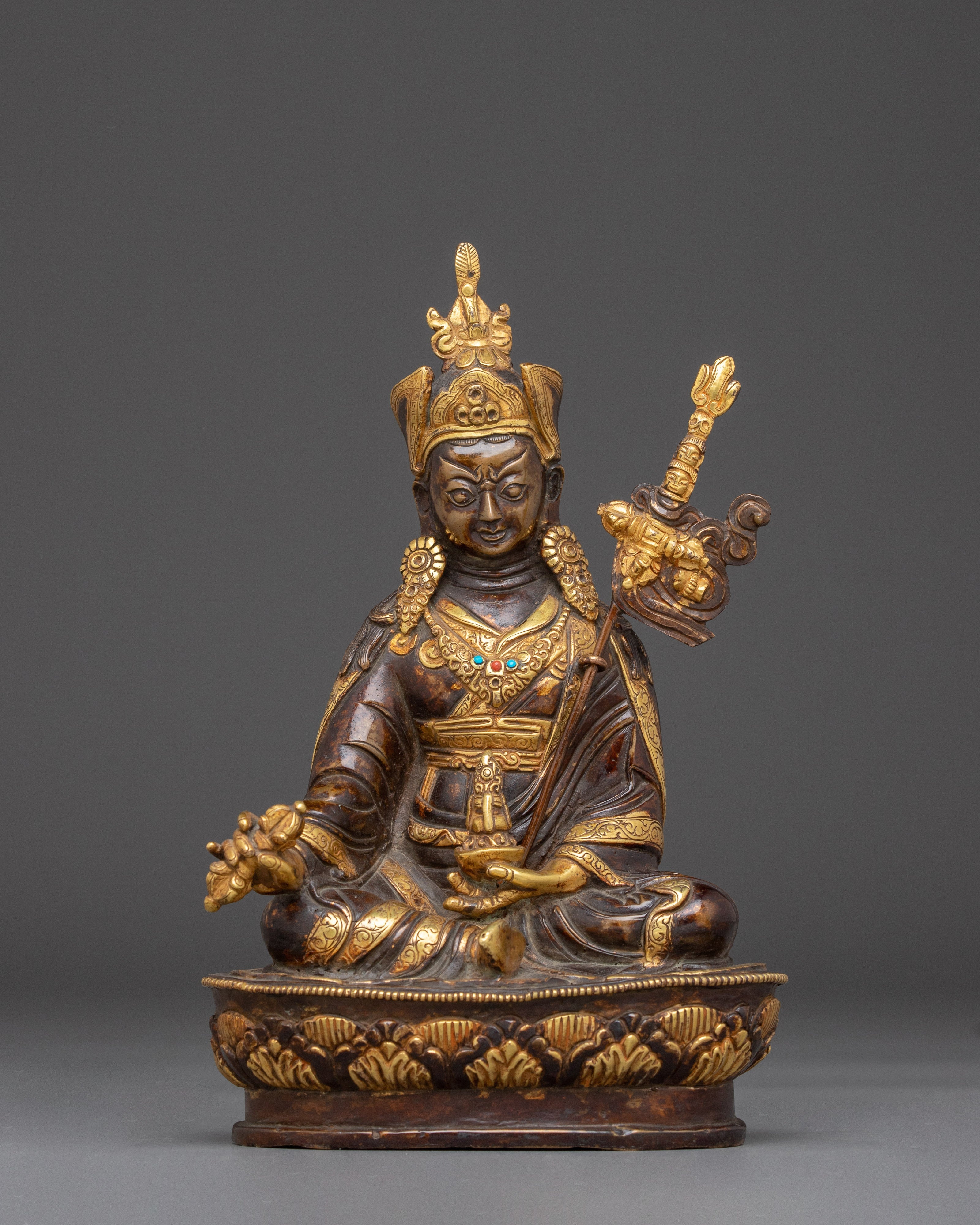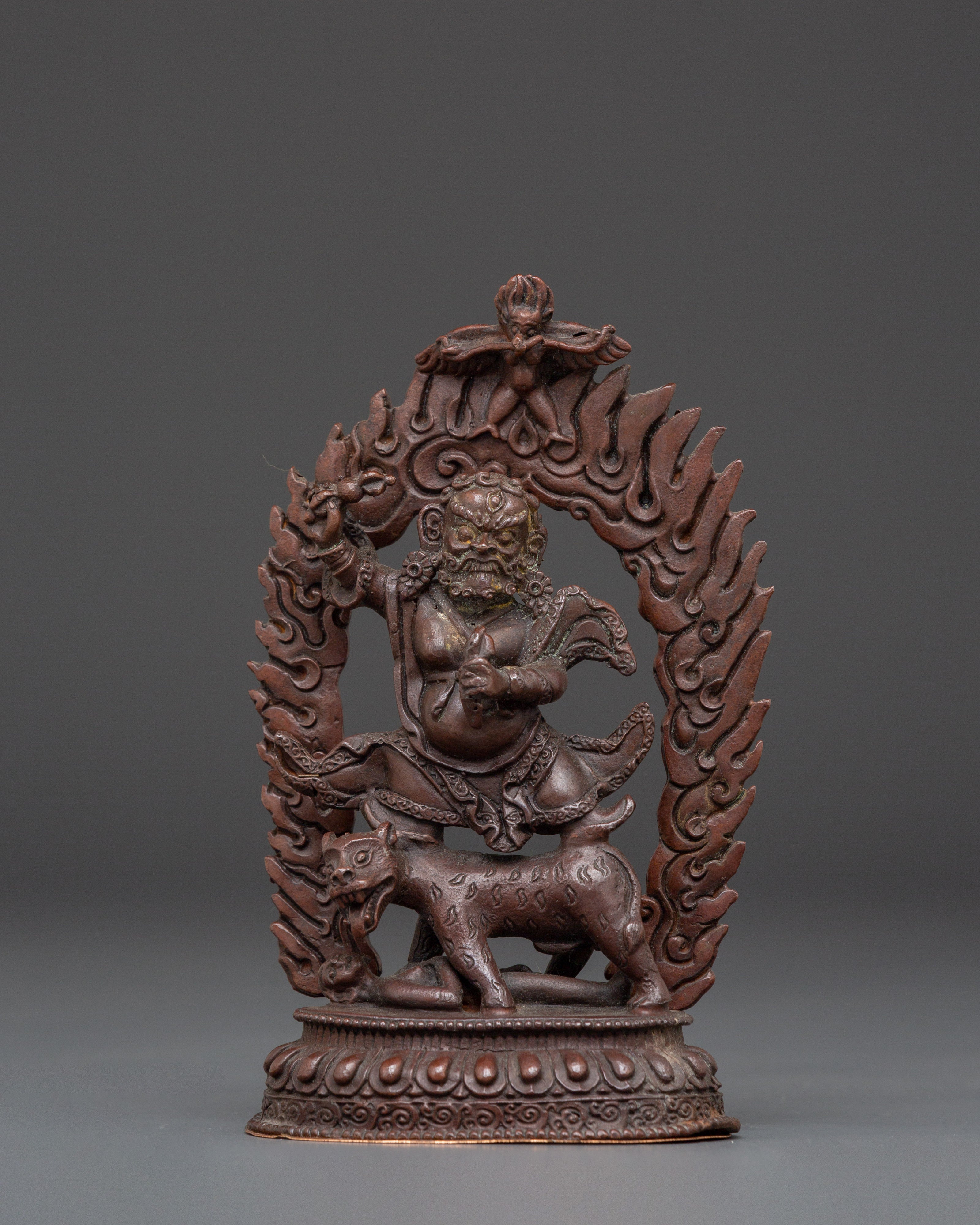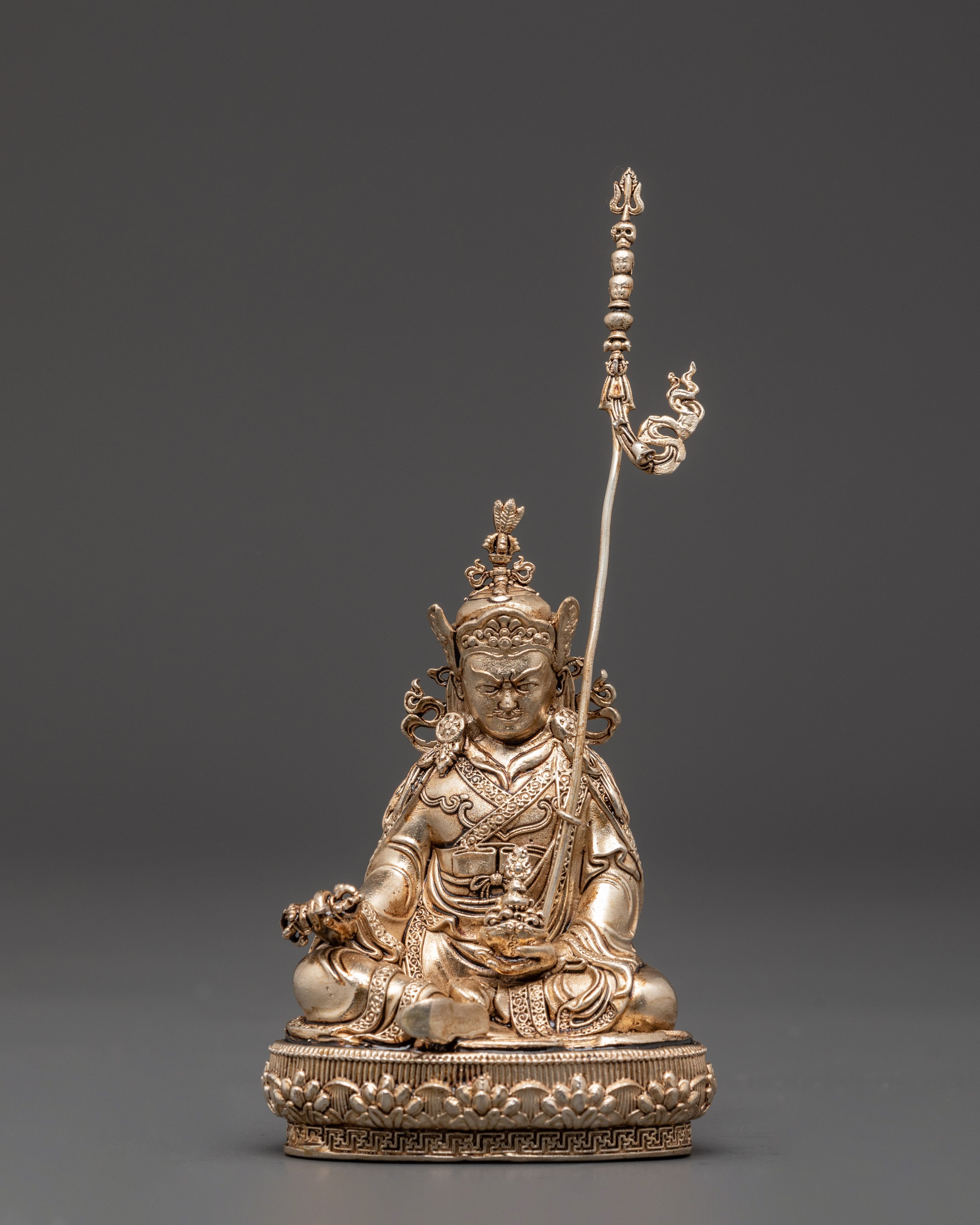Guru Rinpoche Statue
94 products
Showing 1 - 24 of 94 products
Guru Rinpoche: The Precious Guru and Founding Figure of Tibetan Buddhism
Background and Significance: Guru Rinpoche, also known as Padmasambhava, is a revered and pivotal figure in Tibetan Buddhism. He is often referred to as the "Precious Guru" and is associated with the founding and development of Tibetan Buddhism. His name, Padmasambhava, means "Lotus-Born," he is said to have been miraculously born in the region of Oddiyana, which is now part of Pakistan. The life and teachings of Guru Rinpoche have had a profound and lasting influence on Tibetan Buddhism.
Guru Rinpoche is regarded as the "second Buddha," a tantric master and a spiritual guide. He originated the Nyingma tradition, the oldest school of Tibetan Buddhism, and is recognized for introducing Vajrayana Buddhism to Tibet in the eighth century. His teachings emphasize the importance of inner realization and firsthand knowledge of the nature of the mind, making him a significant figure in Tibetan Buddhist practice.
Attributes and Iconography: Guru Rinpoche is often depicted as a transcendent figure who can appear either serene or wrathful, depending on the context of his practice. In his peaceful form, he is portrayed wearing three monastic robes and holding a thunderbolt and a skullcup. In his wrathful aspect, he is shown subduing malevolent forces and obstacles, signifying his ability to conquer all challenges on the spiritual path.
The Guru Rinpoche Mandala is a well-known representation of Guru Rinpoche that illustrates the breadth and depth of his teachings, practices, and accomplishments. His iconography serves as a visual guide for the transformative techniques taught in his lineage.
Associated Stories and Beliefs: The arrival of Guru Rinpoche in Tibet is a story rich in legend and supernatural events. According to tradition, King Trisong Detsen of Tibet invited Guru Rinpoche to bring Buddhism to his realm and to overcome challenges posed by indigenous deities. The foundational narrative of Guru Rinpoche involves his subduing of these forces and the establishment of Samye, the first Buddhist monastery in Tibet.
The primary sources of Guru Rinpoche's teachings are the "Rinchen Terdzod" (The Precious Treasury of Termas) and the "Nyingma Gyubum" (The Hundred Thousand Nyingma Tantras). These texts contain many teachings, practices, and empowerments that continue to guide modern Nyingma practitioners.
One of the most well-known teachings attributed to Guru Rinpoche is the "Seven Line Prayer," also known as the "Seven Verses of Supplication." It is a brief yet profound prayer chanted by Tibetan Buddhists to invoke the blessings and guidance of Guru Rinpoche.
In summary, Guru Rinpoche, or Padmasambhava, holds a central and revered position in Tibetan Buddhism due to his profound teachings and practices, as well as his role in introducing Vajrayana Buddhism to Tibet. His significance extends beyond historical importance, as he continues to serve as a spiritual guide and source of inspiration for practitioners seeking to understand the nature of the mind and attain enlightenment.
